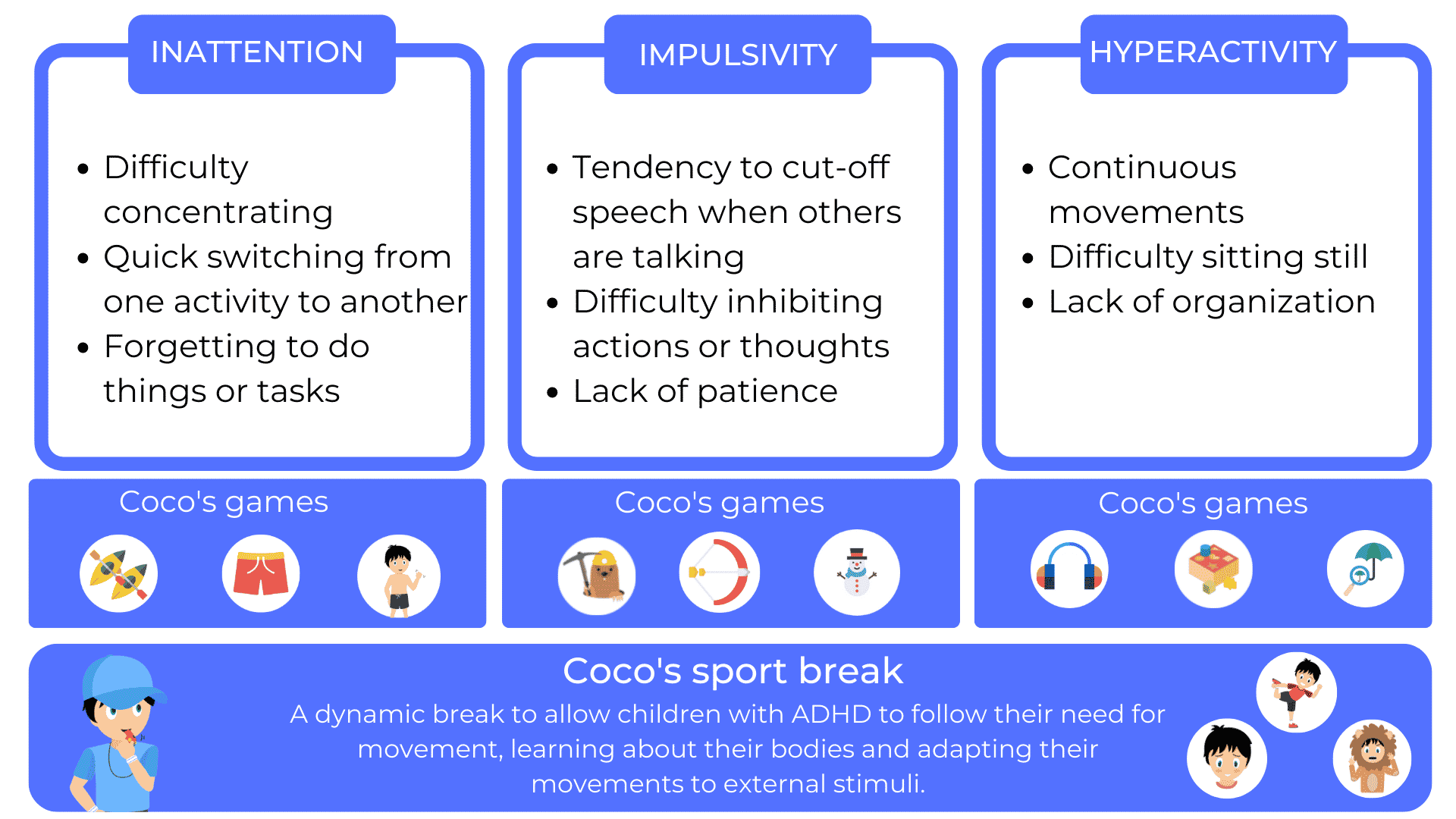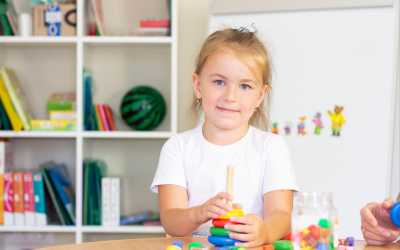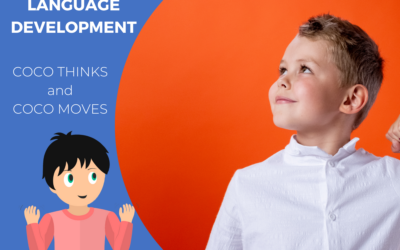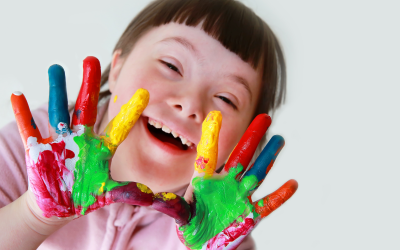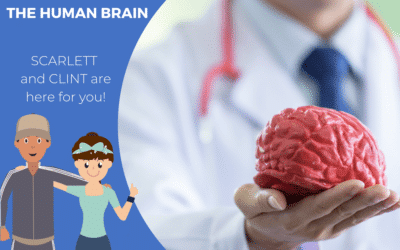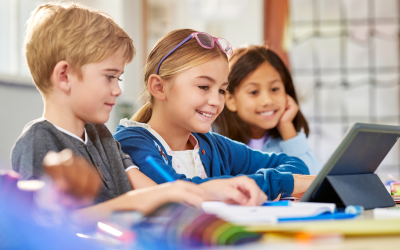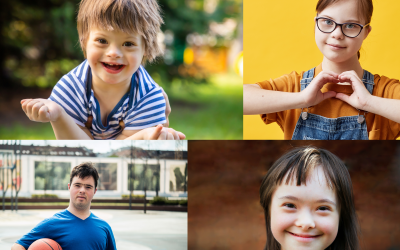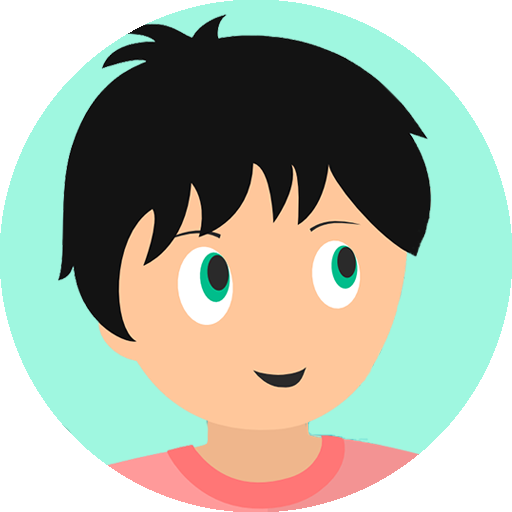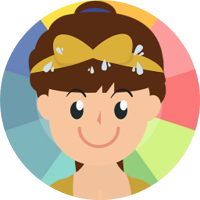Attention Deficit Hyperactivity Disorder (ADHD) is a common neurological disorder in children, characterized by symptoms such as hyperactivity, impulsivity and difficulty concentrating. While drug treatments are often used to manage ADHD, there are also non-drug approaches that can help alleviate symptoms and improve the quality of life for affected children. In this article, we will explore different non-drug alternatives for the treatment of ADHD in children, focusing on therapeutic approaches, dietary adjustments, stress management techniques and other complementary strategies.
Therapeutic approaches for ADHD in children
Behavioral therapy is a commonly used approach to treating ADHD in children. It focuses on learning coping skills, behavior management, and strengthening attention and concentration skills. Children with ADHD can benefit from techniques such as social skills training, impulsivity management and problem solving techniques. Behavioral therapy can be provided individually, in a group setting or as a family, depending on the child’s needs.
Another effective treatment approach for ADHD in children is cognitive therapy. It is designed to help children recognize and change negative thinking patterns and non-adaptive behaviors. This therapy focuses on teaching time management strategies, organization and planning, as well as building self-confidence and self-esteem. Cognitive therapy can also help children develop self-control skills and manage the emotions associated with ADHD.
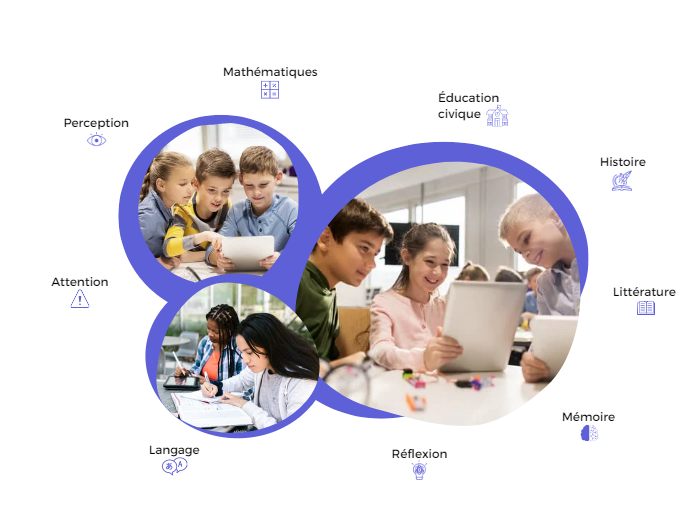
A promising therapeutic approach for ADHD in children is biofeedback. It is a technique that uses sensors to measure physiological signs such as heart rate, muscle tension and skin conductance. Children with ADHD can benefit from biofeedback by learning to recognize their physiological responses associated with stress and agitation. By using this technique, children can learn to regulate their own physiological activity and calm down more easily when they experience ADHD symptoms.
Dietary adjustments for ADHD in children
A balanced diet can play an important role in managing ADHD in children. Make sure your child eats a variety of healthy foods, including fruits, vegetables, lean protein and whole grains. Avoid foods that are processed and high in added sugars, as these can contribute to energy spikes and difficulty concentrating.
Some experts also recommend limiting or eliminating certain foods that may worsen ADHD symptoms, such as artificial food colors, preservatives and common allergens like milk, eggs and wheat. Although the scientific evidence on the effect of diet on ADHD is inconclusive, some studies suggest that an allergen-free diet or a diet rich in omega-3 fatty acids may have beneficial effects on ADHD symptoms in some children.
Stress management techniques for ADHD in children
Stress management is essential for children with ADHD, as stress can exacerbate symptoms and make daily management more difficult. Learning relaxation techniques can help children cope with stress and improve their concentration.
Deep breathing is a simple but effective technique to help children calm down and relax. Teach your child to breathe in slowly through the nose, inflating the belly, and then exhale slowly through the mouth. This technique can be used at any time your child feels stressed or agitated.
Regular meditation practice can also be beneficial for children with ADHD. Mindfulness meditation, which involves focusing on the present moment without judgment, can help improve attention and reduce hyperactivity. There are online resources and apps specifically designed for children that can guide them in the practice of meditation.

Yoga is another activity that combines relaxation and exercise. Yoga postures and breathing techniques can help calm the mind and improve concentration. Look for kid-friendly yoga classes or practice simple yoga exercises at home with your child.
Other complementary strategies for ADHD in children
In addition to therapeutic approaches, dietary adjustments, and stress management techniques, there are other complementary strategies that may be helpful in managing ADHD in children.
Organization is key to helping children with ADHD manage their daily lives. Use calendars, to-do lists and visual reminders to help your child follow routines and remember responsibilities. Also encourage physical organization by providing dedicated storage space for school supplies and toys.
Establishing structured routines can also be beneficial for children with ADHD. Establish regular schedules for meals, sleep, homework and daily activities. Predictable routines help children feel more in control and better able to manage their time.
Open communication and collaboration with teachers and health care professionals is also essential in managing ADHD in children. Share relevant information about your child’s ADHD, discuss strategies that work at home and at school, and work together to provide consistent support.
ADHD is a common disorder in children that presents significant challenges. In addition to drug treatments, non-drug approaches can be very helpful in managing ADHD symptoms and improving children’s quality of life. Therapeutic approaches such as behavioral and cognitive therapy, dietary adjustments, stress management techniques, and other complementary strategies can help alleviate ADHD symptoms and promote children’s well-being. It is important to work closely with health care professionals to determine the best approaches for each child.
Supporting ADHD children with the COCO THINK and COCO MOVE application
COCO THINKS and COCO MOVES is a program of educational and physical games for elementary school, from 1st to 5th grade, to implement universal learning.
Children with ADHD have difficulty staying focused. It is therefore important to use games that work on theactivation or inhibition of movement, as well as games that require a specific response time.
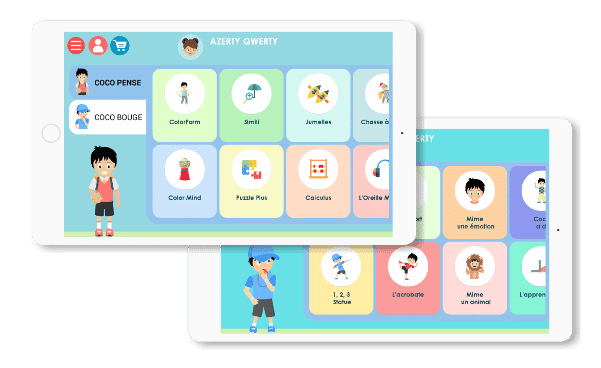
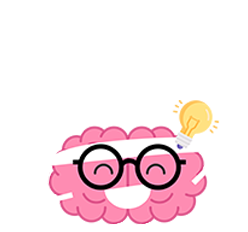
ATTENTION
ADHD children are easily distracted. Improving their attention span allows them to listen to the teacher and complete the required exercise.
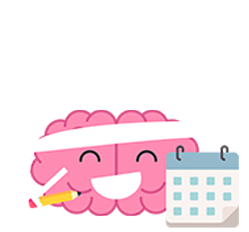
PLANNING
Planning allows you to anticipate the sequence of movements or actions to be done to complete an exercise. This allows the student not to forget things.
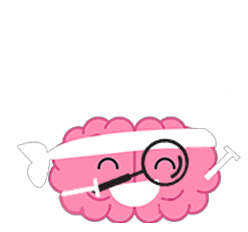
PERCEPTION
Students with ADHD tend to move quickly from one activity to another, so they don’t pay much attention to detail. A work on perception allows to learn to better analyze all the elements.
A sports break every 15 minutes of screen time
From the age of 5, children should do at least 1 hour of physical activity per day, including 30 minutes at school. Benefits:
-
Airing the brain
-
Respect the need for movement
of the child -
Motivate children to continue the activity
-
The plus of COCO THINK and COCO MOVE physical activities:
-
- Adapted physical exercises
- A personalized interface (possibility to hide games)
- Activities to teach body movement in space
- Activities for relaxation
- Activities that can be done sitting down
Other articles that might interest you:
Supporting children with autism
Dynseo proposesSUPPORTING CHILDREN WITH AUTISM with COCO THINKS AND COCO MOVESDynseo and its team are very much...
Supporting DYS children with COCO THINKS and COCO MOVES
Dynseo proposesDYS disorders with COCO THINKS and COCO MOVESOur educational and pedagogical games program COCO THINKS...
Language development
Children communicate from birth with movements, crying, looking at each other or with smiles. After only a few months,...
Supporting children with Down Syndrome with Coco
Dynseo proposesDOWN SYNDROME with COCODown syndrome is a non-hereditary chromosomal abnormality that leads to the...
Supporting people after a stroke
Dynseo proposesStroke with CLINT, your brain training coachThe Dynseo team is very involved in helping people who have...
Supporting someone with Alzheimer’s
In this guide, we will detail how SCARLETT can be used for supporting someone with Alzheimer's. SCARLETT is a...
10 myths about the human brain you didn’t know
The brain is an incredible muscle, however there are many things we do not know, and what we do know is not always...
Using Digital Tools to Support Students with Special Educational Needs
Special Educational Needs (SEN) encompass a wide range of learning difficulties and disabilities that can hinder a...
Down Syndrome and Communication: Facilitating Interaction with Visual and Interactive Supports
When we think about Down syndrome, we often recognize it as a genetic condition that affects physical and cognitive...
How to Track Progress in People with Down Syndrome Using Digital Tools
Down syndrome, a genetic condition caused by the presence of an extra chromosome 21, affects approximately 1 in every...


